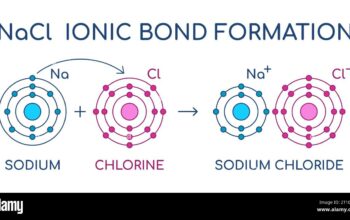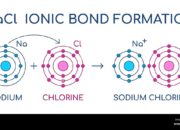Information processing in the brain encompasses an intricate plethora of mechanisms that facilitate perception, cognitive function, and behavioral response. Understanding what it means for a brain to ‘process information’ can lead to profound insights into both neuroscience and psychology, and it serves as the cornerstone for exploring the complexities of human cognition.
At its most fundamental level, information processing can be defined as the ongoing operation of transforming stimuli from the environment into perceptions and cognitions, which then guide interactions with the world. These transformations occur through an elaborate interplay of sensory modalities, neural circuitry, and cognitive structures.
1. Sensory Reception and Encoding
The first step in information processing is sensory reception. This involves the detection of stimuli—light, sound, taste, touch, and smell—through specialized sensory receptors. Once these stimuli have been detected, they undergo a process known as encoding, in which the brain translates these raw sensory inputs into neural signals. For example, when light strikes the retina, photoreceptors convert this light into electrical signals that travel via the optic nerve to the visual cortex. This transformation is crucial as it allows the brain to interpret visual information, leading to the formation of images in our consciousness.
2. Neural Transmission and Processing
After sensory information has been encoded, it is transmitted throughout the brain via complex neural networks. The brain consists of approximately 86 billion neurons, each connected to thousands of other neurons, forming an elaborate web of interactions. This neural transmission occurs through synapses—specialized junctions where neurotransmitters are released. As information is relayed across these synaptic connections, it becomes subject to various forms of processing, influenced by factors such as prior knowledge and context.
For instance, information processing is inherently adaptive; the brain continuously modifies its responses based on past experiences. This plasticity allows the brain to enhance certain pathways while diminishing others, refining its processing capabilities. Such adaptability signifies that our perceptions are not merely reflections of external reality but rather constructions influenced by cognitive frameworks.
3. Cognitive Processing: Interpretation and Meaning-Making
Once information has been received and transmitted, it undergoes cognitive processing, which involves higher-order functions such as interpretation, association, and decision-making. Cognitive psychology has long posited that the brain engages in both top-down and bottom-up processing. Bottom-up processing refers to the construction of understanding from the smallest units of sensory input, while top-down processing employs pre-existing knowledge and expectations to interpret sensory information.
This duality is particularly evident in activities such as reading. The brain does not merely decode letters and words; instead, it draws from context, grammatical rules, and prior experiences to construct meaning. This exemplifies how, during cognitive processing, the brain synthesizes information from various sources to produce coherent thoughts and responses.
4. The Role of Memory in Information Processing
Memory systems play a pivotal role in the information processing model, serving as repositories for previously encoded experiences that inform current understanding. Memory is typically categorized into several types: sensory memory, short-term memory, and long-term memory. This hierarchical organization facilitates efficient information retrieval and application.
Long-term potentiation (LTP), a process where synaptic connections strengthen following repeated stimulation, exemplifies how experience conditions neural pathways over time. It underscores that memory is not a static store but rather a dynamic process—a working tapestry woven from experiences that continuously shapes our interpretations of new information.
5. Emotional Influences on Information Processing
Emotions play an indispensable role in shaping how information is processed. The amygdala, a small almond-shaped structure in the brain, is particularly significant for emotional regulation and decision-making. Emotional arousal, whether it be fear, joy, or anger, can enhance or detract from our ability to process information effectively.
Research has illuminated that emotionally charged events are often remembered more vividly than neutral ones, a phenomenon known as the “flashbulb memory effect.” This suggests that emotional significance can enhance the encoding and retrieval processes, illustrating the entwined pathways of cognition and emotion in the quest for understanding.
6. The Integration of Multimodal Information
In contemporary discourse, the integration of multimodal information is becoming increasingly relevant, especially in the context of advancing technologies and media consumption. The brain adeptly synthesizes diverse types of stimuli—visual, auditory, tactile—into a coherent perceptual experience. This capability is crucial in an age where information is presented in complex, multimodal ways.
As media forms evolve—spanning from traditional literature to immersive digital experiences—the brain’s processing mechanisms adapt to accommodate shifting modalities. The ability to discern meaning from multimodal sources reflects the brain’s unparalleled versatility in information processing.
Conclusion
In summation, understanding what it means for a brain to ‘process information’ reveals a dynamic interplay of sensory reception, neural communication, cognitive functions, emotional influences, memory systems, and the integration of diverse stimuli. The brain’s remarkable capacity for information processing not only underpins individual cognition but also informs our interactions with the world. As research advances, continued exploration of these intricacies will undoubtedly yield further insights into the remarkable workings of the human mind.












